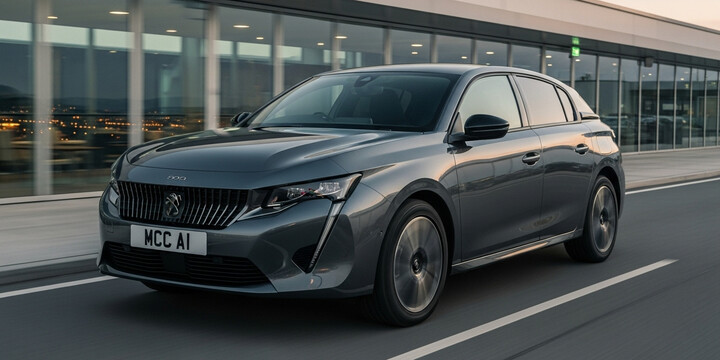
PEUGEOT E-308 (2023-)
The PEUGEOT E-308 (2023-) is a stylish and practical hatchback designed for drivers seeking an efficient and modern electric vehicle. Positioned firmly within the UK market as a compact, family-friendly car, the E-308 stands out as an excellent choice for city commuters, small families, and eco-conscious drivers. Its sleek design and user-friendly features make it a great option for those upgrading to electric driving, offering a combination of comfort, style, and affordability.
What makes the PEUGEOT E-308 (2023-) particularly notable is its reputation for reliability, alongside impressive fuel economy thanks to its electric powertrain. With an average private sale value around £27,398 and a modest recorded mileage of approximately 3,301 miles, this vehicle appears to be a popular choice among used car buyers. It is frequently appreciated for its refined driving experience and contemporary design, often compared favorably with other compact electric models in its class. Whether you're a first-time EV owner or simply seeking a dependable, environmentally-friendly car, the PEUGEOT E-308 (2023-) offers a compelling mix of style, practicality, and innovation worth considering.

average use
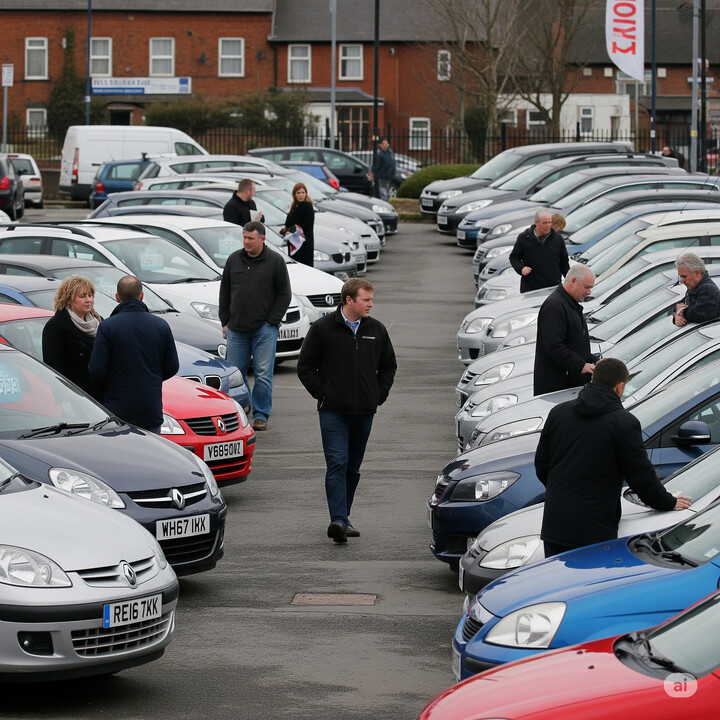
The data indicates that for the most recent mileage readings of PEUGEOT E-308 (2023) vehicles, 100% of the recorded data falls within the 0 to 10,000-mile range. This suggests that all recent recordings are from relatively low-mileage vehicles, possibly indicating that these vehicles are new or have been driven only a short distance since new.

vehicle values
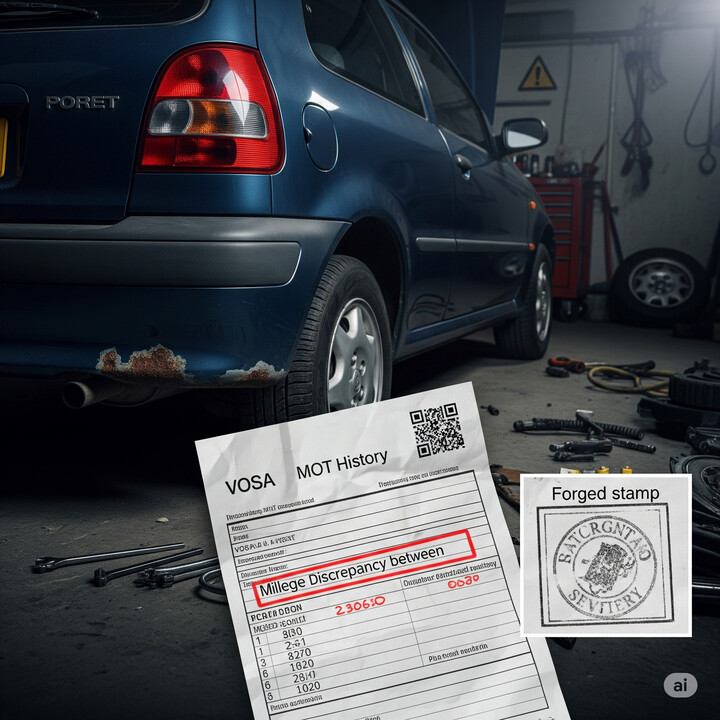
The private sale price distribution for the Peugeot E-308 (2023) shows a most significant concentration of listings in the £28,000 to £30,000 range, accounting for 43.8% of the data (21.9% each for £28,000–£29,000 and £29,000–£30,000). There's also notable activity in the £22,000 to £24,000 and £30,000 to £31,000 ranges, each representing around 15–13%. Prices under £23,000 are relatively less common, comprising only about 18.7%, while higher-end prices above £30,000 demonstrate some spread but are less frequent. Overall, the data suggests a strong market positioning around the mid-£28,000s, with fewer listings at the extremes, indicating a potential price stabilisation around these figures.

production years
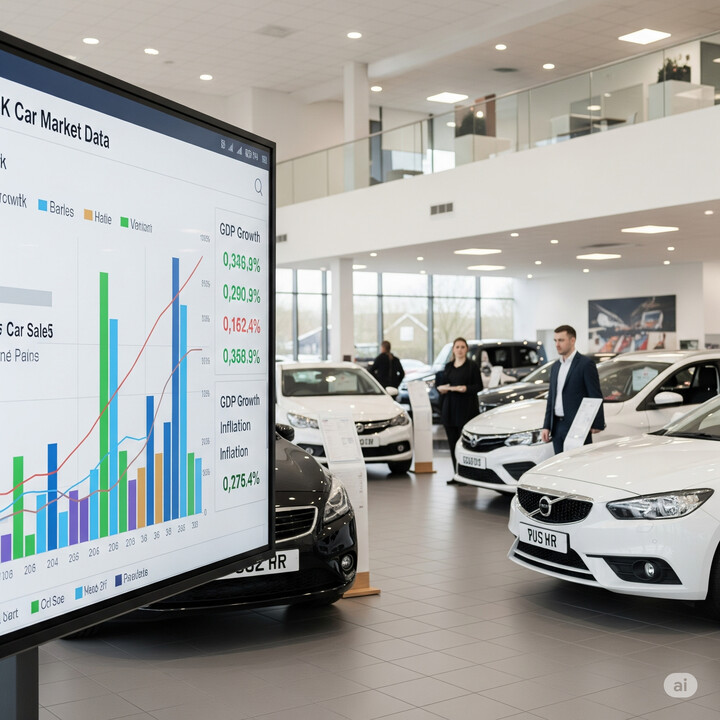
The data indicates that the majority of the Peugeot E-308 vehicles are manufactured in 2024, accounting for approximately 59.4%. Vehicles from 2023 make up about 37.5%, while a small fraction, 3.1%, are from 2025. This suggests a strong primary presence of the latest model year (2024), with a significant portion still from the previous year, likely reflecting recent market availability. The presence of any vehicles from 2025 is minimal at this stage, which is consistent with the model's recent release timeline.

colour popularity
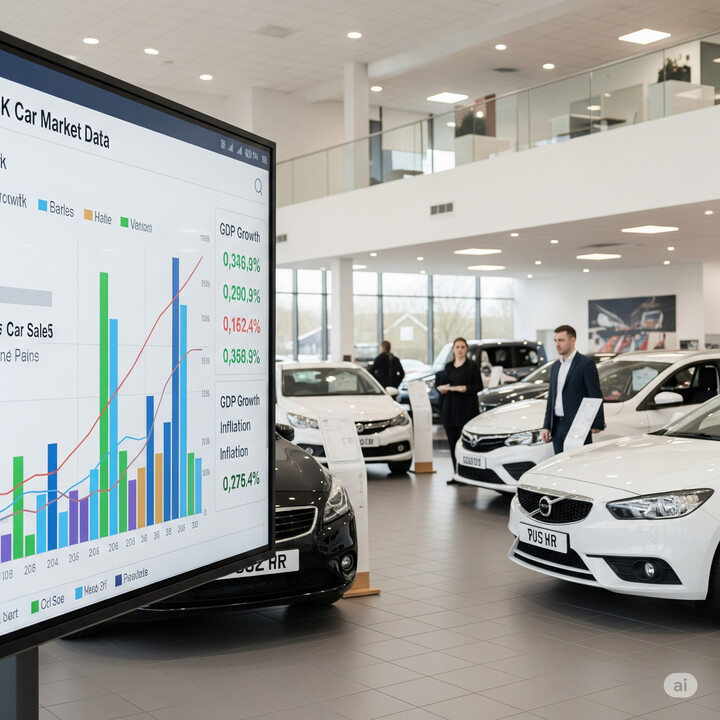
The data shows that among the PEUGEOT E-308 (2023-) vehicles, white is the most popular main paint colour, accounting for 40.6% of the fleet. this is followed by grey at 28.1%, blue at 18.8%, and green at 12.5%. Notably, a significant proportion of vehicles are white, which is common for modern EVs due to its desirable aesthetic and visibility. The relatively lower percentage of green suggests it is a less popular choice, possibly reflecting consumer preferences for more traditional or mainstream colours.

ownership cycle

The data indicates that a significant majority of Peugeot E-308 (2023–) vehicles, approximately 84.4%, are associated with a single registered keeper. Meanwhile, around 15.6% have had two registered keepers. This suggests that most owners tend to keep the vehicle for an extended period, reflecting a relatively stable ownership pattern. The relatively small percentage of vehicles with multiple keepers may imply limited frequent resale or change of ownership early in the vehicle's lifecycle.

engine choices

Based on the available data for the PEUGEOT E-308 (2023-), all vehicles are powered exclusively by electricity, with no engine capacity information provided. This indicates that the model is fully electric, aligning with the absence of traditional engine specifications. The lack of engine capacity data is typical for electric vehicles, where electric motors replace internal combustion engines.












